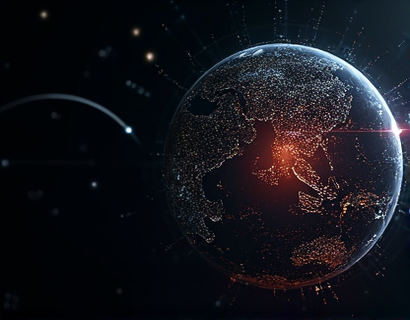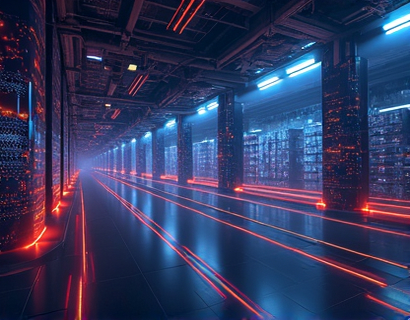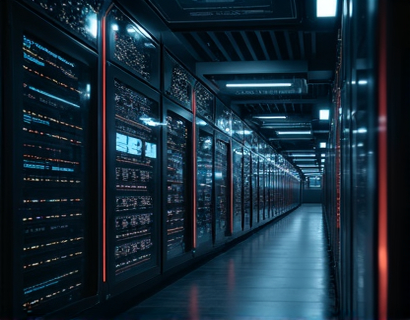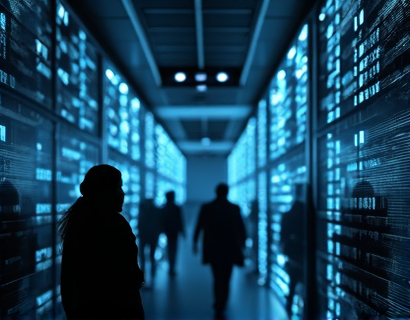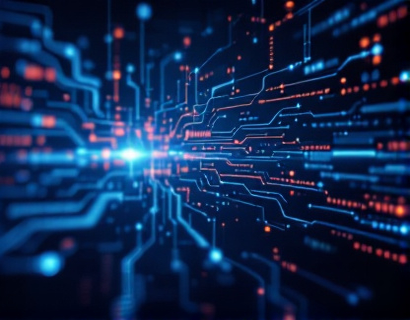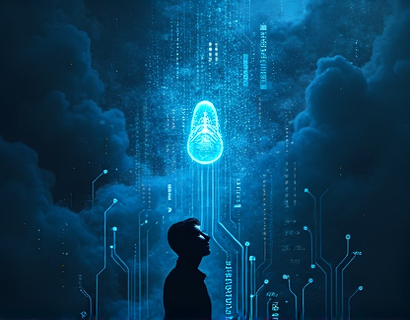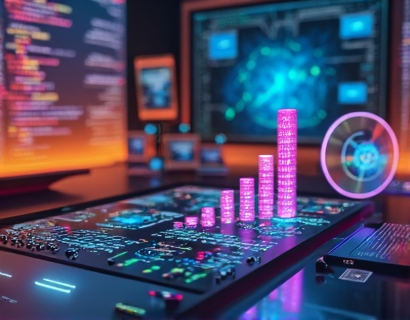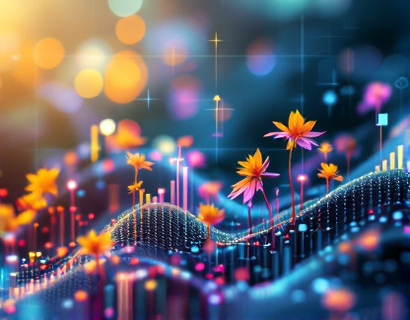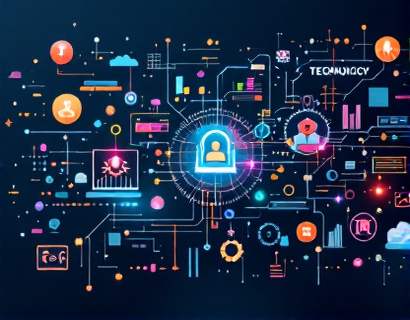Aquaculture Business Management: Leveraging Advanced Software for Optimal Operations and Resource Allocation
In the rapidly evolving landscape of aquaculture, business owners and managers face numerous challenges that can impact the success and sustainability of their operations. From optimizing production processes to efficiently managing resources, the need for advanced management tools has never been more critical. Specialized software designed for the aquaculture industry offers a comprehensive solution, streamlining operations, boosting productivity, and enhancing resource management. This article delves into the essential tools and features provided by such software, highlighting how they can transform the way aquaculture businesses operate in a competitive market.
Understanding the Importance of Advanced Software in Aquaculture
The aquaculture industry is characterized by complex operations that require meticulous planning and execution. From water quality monitoring to feed management and harvest scheduling, every aspect of the business demands precise control and real-time data. Advanced software solutions are tailored to address these specific needs, providing tools that not only simplify day-to-day tasks but also offer strategic insights for long-term growth and sustainability.
One of the primary benefits of implementing advanced software in aquaculture is the ability to centralize data management. Traditional methods often involve manual record-keeping, which is prone to errors and inefficiencies. By automating data collection and storage, software ensures that all relevant information is accurately recorded and easily accessible. This centralization facilitates better decision-making and operational control, allowing business owners to respond swiftly to any issues that arise.
Key Features of Aquaculture Management Software
Aquaculture management software typically includes a suite of features designed to address the unique challenges of the industry. Some of the most critical components include:
- Real-time Monitoring: Advanced sensors and IoT devices integrated with the software provide continuous monitoring of water parameters such as temperature, pH, dissolved oxygen, and ammonia levels. This real-time data helps in maintaining optimal conditions for fish and shellfish, reducing the risk of disease outbreaks and improving overall health.
- Feed Management: Precise control over feed distribution is crucial for cost efficiency and environmental sustainability. Software can manage feed schedules, calculate optimal feed quantities based on biomass and growth rates, and track feed consumption. This ensures that feed is used efficiently, reducing waste and lowering costs.
- Inventory Management: Effective inventory management is essential for tracking stock levels of feed, equipment, and other supplies. The software can automate reordering processes, alerting managers when stock levels are low, thus preventing shortages and ensuring smooth operations.
- Production Scheduling: Advanced scheduling tools help in planning and optimizing production cycles. By considering factors such as growth rates, market demand, and seasonal variations, the software can generate schedules that maximize output while minimizing resource usage.
- Financial Management: Comprehensive financial tracking is a vital feature of aquaculture software. It includes budgeting, cost analysis, and revenue forecasting, providing a clear picture of the business's financial health. This data-driven approach enables better financial planning and strategic decision-making.
- Reporting and Analytics: Detailed reporting and analytics tools offer insights into various aspects of the business, from production metrics to financial performance. These insights can help identify areas for improvement, optimize resource allocation, and enhance overall efficiency.
Enhancing Operational Efficiency
Operational efficiency is a cornerstone of successful aquaculture business management. Advanced software significantly contributes to this by automating routine tasks and providing actionable insights. For instance, automated feed management not only ensures that fish receive the right amount of feed at the right times but also frees up staff to focus on more strategic activities. Similarly, real-time monitoring of water parameters allows for immediate adjustments, preventing issues that could otherwise lead to significant losses.
Moreover, the integration of IoT devices with the software creates a smart aquaculture system. These devices can monitor environmental conditions, equipment status, and even the health of the aquatic organisms. The data collected is processed and analyzed by the software, providing alerts and recommendations to maintain optimal conditions. This level of automation and monitoring reduces the likelihood of human error and ensures consistent operation, leading to higher productivity and lower operational costs.
Optimizing Resource Allocation
Resource optimization is another critical aspect where advanced software shines. By providing detailed analytics and insights, the software helps business owners make informed decisions about resource allocation. For example, financial management tools can identify areas where costs can be reduced without compromising quality. Inventory management ensures that resources are used efficiently, minimizing waste and unnecessary expenses.
Production scheduling plays a pivotal role in resource optimization. By aligning production cycles with market demand and seasonal factors, the software helps in utilizing resources at their most effective times. This not only maximizes output but also ensures that resources are not underutilized during off-peak periods. Additionally, the software can optimize energy usage by monitoring and controlling equipment operation, leading to significant cost savings and a reduced environmental footprint.
Case Studies and Real-World Applications
To illustrate the practical benefits of advanced aquaculture software, consider a few real-world examples. A large-scale salmon farm in Norway implemented a comprehensive management system that integrated real-time water monitoring, automated feed management, and advanced reporting tools. The results were remarkable: the farm saw a 15% increase in production efficiency, a 10% reduction in feed costs, and a significant improvement in water quality management. These improvements directly translated into higher profits and a stronger market position.
Another example is a shrimp farm in Thailand that faced challenges with disease outbreaks due to suboptimal water conditions. By integrating IoT sensors with their management software, the farm was able to monitor and adjust water parameters in real-time. This proactive approach reduced disease incidents by 20%, leading to healthier stock and increased yields. The farm also benefited from better inventory management, ensuring that feed and other supplies were always available when needed.
Challenges and Considerations
While the benefits of advanced aquaculture software are clear, there are several challenges and considerations that business owners should be aware of. One of the primary concerns is the initial investment cost. High-quality software solutions can be expensive, and smaller operations may find it challenging to justify the expense. However, the long-term savings and efficiency gains often outweigh the initial costs. It's essential to conduct a thorough cost-benefit analysis to determine the return on investment.
Another consideration is the need for training and support. Implementing new software requires a learning curve, and staff must be adequately trained to use the system effectively. Providers often offer training programs and customer support to facilitate a smooth transition. Additionally, ensuring compatibility with existing systems and infrastructure is crucial to avoid disruptions in operations.
Future Trends in Aquaculture Software
The aquaculture software market is rapidly evolving, driven by advancements in technology and the growing demand for sustainable and efficient production methods. Some of the key trends to watch include:
- Artificial Intelligence and Machine Learning: AI and ML algorithms can analyze vast amounts of data to predict outcomes, optimize processes, and provide personalized recommendations. For example, predictive models can forecast disease outbreaks based on historical data and environmental factors.
- Blockchain Technology: Blockchain can enhance transparency and traceability in the supply chain, ensuring that products are sourced sustainably and ethically. This can be particularly valuable for brands looking to meet consumer demands for transparency.
- Remote Monitoring and Control: With the increasing adoption of 5G and other high-speed connectivity solutions, remote monitoring and control of aquaculture operations become more feasible. This allows managers to oversee operations from anywhere, enhancing flexibility and responsiveness.
- Sustainability Focus: As environmental concerns grow, software solutions that emphasize sustainability will become more prevalent. This includes tools for monitoring and reducing carbon footprints, optimizing resource use, and ensuring compliance with regulatory standards.
Conclusion
In conclusion, advanced aquaculture software is a game-changer for business owners and managers looking to optimize their operations and stay competitive in a rapidly changing market. By leveraging real-time monitoring, automated feed management, inventory control, production scheduling, and comprehensive financial tracking, these tools offer a holistic approach to managing aquaculture businesses. While there are challenges to consider, the long-term benefits in terms of efficiency, cost savings, and sustainability make the investment well worth it. As technology continues to advance, the future of aquaculture management looks brighter and more promising than ever.










